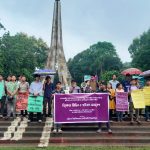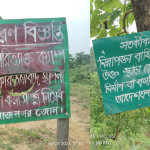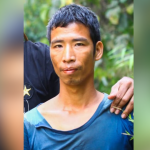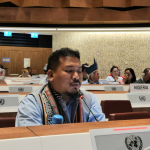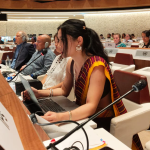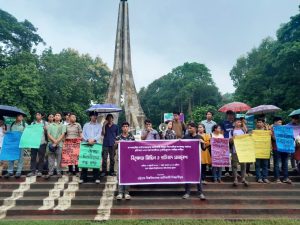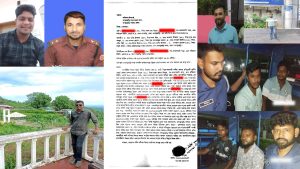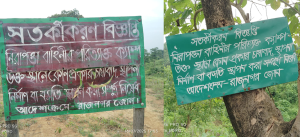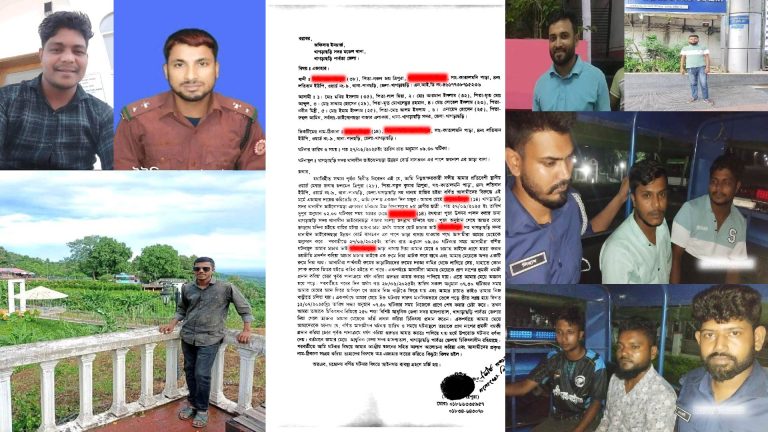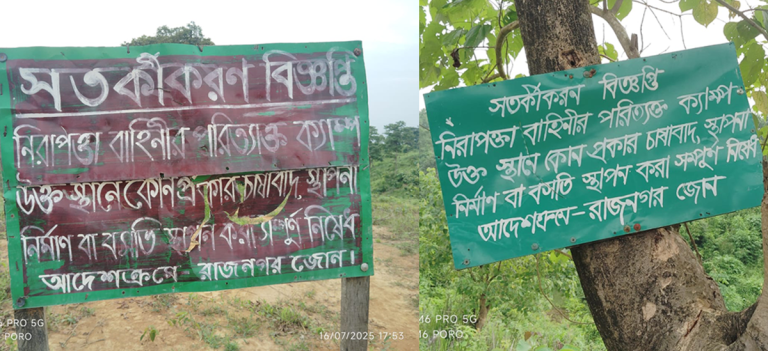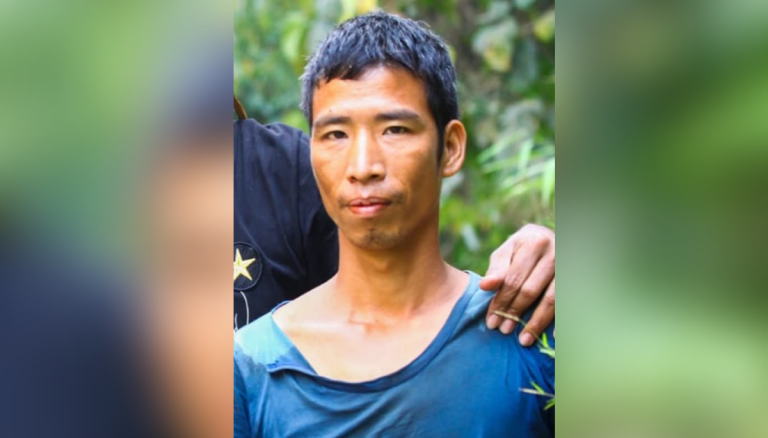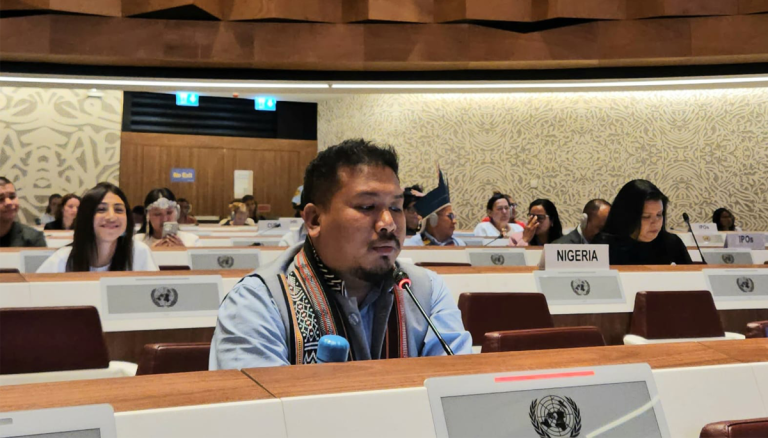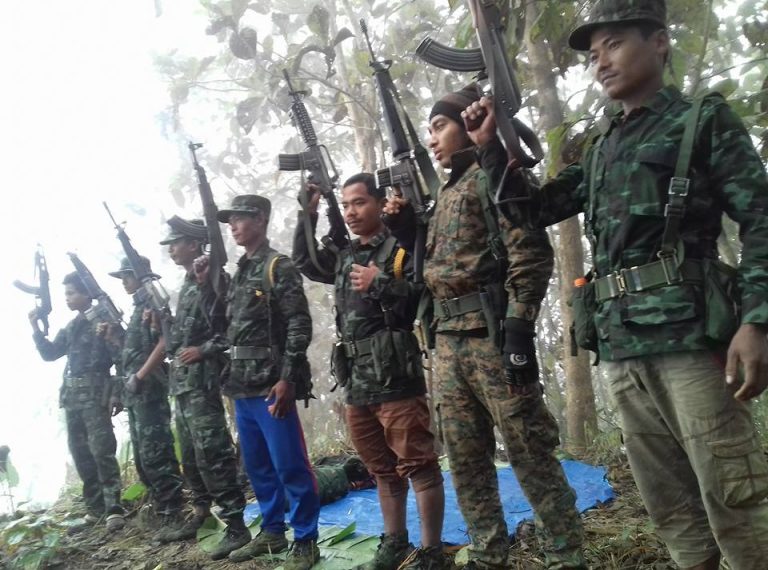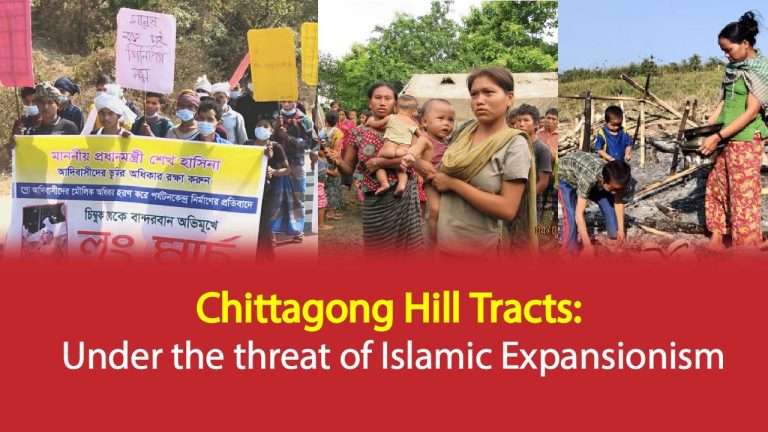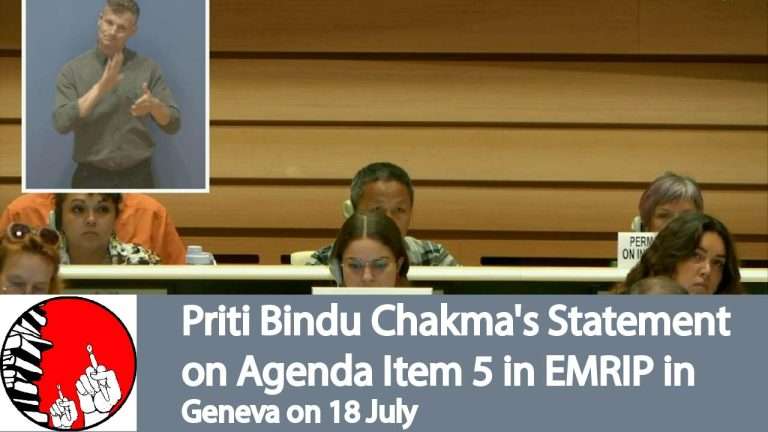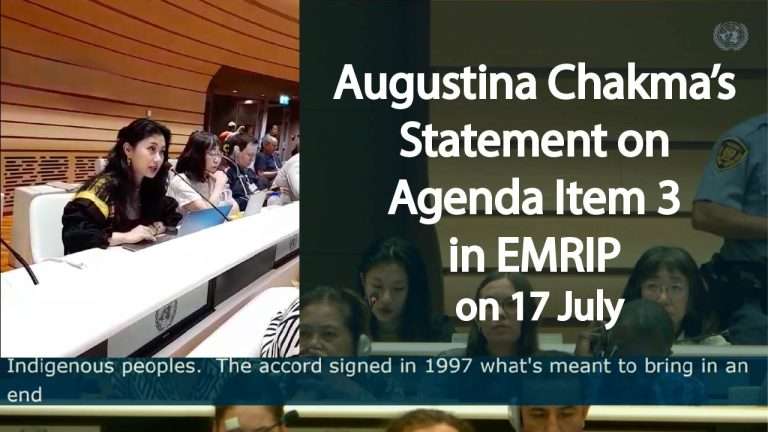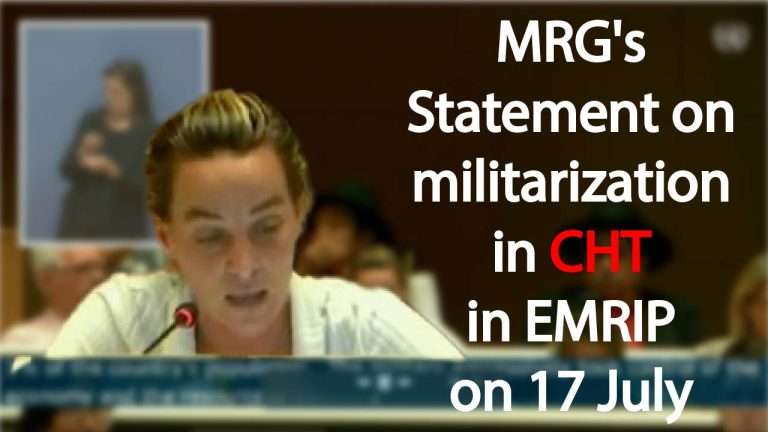Pradhir Talukdar Rega
This time, Gilgit-Baltistan has declared to get annexed to India after 73 years. Dr. Amzad Mirza, political activist of Pakistan occupied Kashmir, strongly demanded in the UN Human Rights Commission, saying that Gilgit-Balistan wants to get ceded to India. India also wants Gilgit-Baltistan to be under her occupation.

Gilgit-Baltistan is now under occupation of Pakistan. It comprises a vast mountainous region of northwestern part of Jammu & Kashmir and Ladak; bordering Afghanistan on the north, the Xinjiang province of China on the northeast, the Pakistani administrated state of Azad, Jammu and Kashmir (AJK) on the south and the Indian administrated state of Jammu and Kashmir on the southeast. Only 2.0 million population dwells in the area of 72,496 square kilometers. Since the inception, Pakistan government has been active to abolish the distinct entity of various minority communities through cultural aggression.
Gilgit-Baltistan possesses membership of UNPO (Unrepresented Nations and Peoples’ Organization). Chittagong Hill Tracts (CHT), Tibet and Taiwan are also founding members of the UNPO. By now, UNPO is comprised of 44 members. East Timor and Estonia also had been members of UNPO but now both are independent nations. As Gilgit-Baltistan is a Pakistan occupied area, so is CHT, which might be ascribed to have been a region occupied by Pakistan. Since, despite being 98% non-Muslims and pre-raised demand for annexation to India, CHT was ceded to Pakistan without consultation with the people, simply on oral demand of the Muslim League.
Ever since the partition in1947, Gilgit-Baltistan region has been a land of controversy. The Shia Muslims are majority population here. On the other hand, the Sunni Muslims comprise the majority population in all other parts of Pakistan. At time, the Mir and feudal lords would dominate the region. Since the beginning, a legal provision titled Schedule-IV was introduced, by merit of which Pakistan government continued to retain exploitation and administration, which the people could not accept at heart. Besides, people of this region have never had an access to opportunities and facilities equal to other provinces of Pakistan. People of this region, all along, were deprived in terms of administration and development.

Basically, the Gilgit-Baltistan region is called the ‘Water Reservoir’ of Pakistan. Pakistan government, with China’s aid and by its army, is now constructing the big Dayamar Bhasa Hydro-Electric Dam across the River Indus – a project undertaken 40 years ago.
On 15 September 2020, Pakistan published out a country map in which Kashmir, Junagar and several regions of India have been shown inside Pakistan; and Gilgit-Baltistan has been declared as its 5th province. Dispute over this strategically important region has added a new magnitude to the feud between the two contending neighbor countries of Pakistan and India. The reason that has led to contention is the Economic Corridor (Karakoram Highway), which has been constructed via Gilgit-Baltistan. The 1300 km highway linking Xinjiang province of China and Hasan Abdal of Pakistan has become a new addition to the 8th wonders of the world. Almost along the Silk Road, the highway has been constructed 5,000 meters above the sea level penetrating three ranges of the Himalayas, Karakoram and the Hindukush mountains.
In Gilgit-Baltistan, there is an elected Council that discharges its duties and responsibilities under direct control of the Prime Minister of Pakistan. Pakistan controls all resources of that region through the Council, which runs under Islamabad Federal Ministry of Kashmir Affairs and Gilgit-Baltistan. But there has been made no provision naming Gilgit-Baltistan in the constitution of Pakistan. Hence, the region is neither independent nor constitutionally does have the provincial status. That is why the region is called to be a controversial region under Pakistan’s occupation. But India considers, since the region was a part of Kashmir and hence, the region is a part of India. As per the agreement made through Raja Hari Singh in 1947 on its inclusion in India, the region is of course, a part of India. But it is now lying under occupation of Pakistan.
Many regions came under aggression at the very creating moment of Pakistan in 1947. Of them, the Bangladesh-attached CHT and Jammu-Kashmir-attached Gilgit-Baltistan are of worth mentioning. By then, there used be small kingdoms in the regions of Jammu, Kashmir, Ladakh and Gilgit-Baltistan. Similarly, in CHT, there used to be Chakma, Bohmang and Mong kings ruling over certain territories. None of them had monopoly power or dominance. All were crowned small kings independently running feudal system of administration and exploitation but holistically were weak royal power. But however, in Jammu, the capability of royal power and influence of Raja (King) Hari Singh had been stronger than that of the other contemporaries. It was a fact that the kings were neither pitiful to the people nor they were popular. The longings and desires of the subjects would never get reflected in longings and desires of the kings.
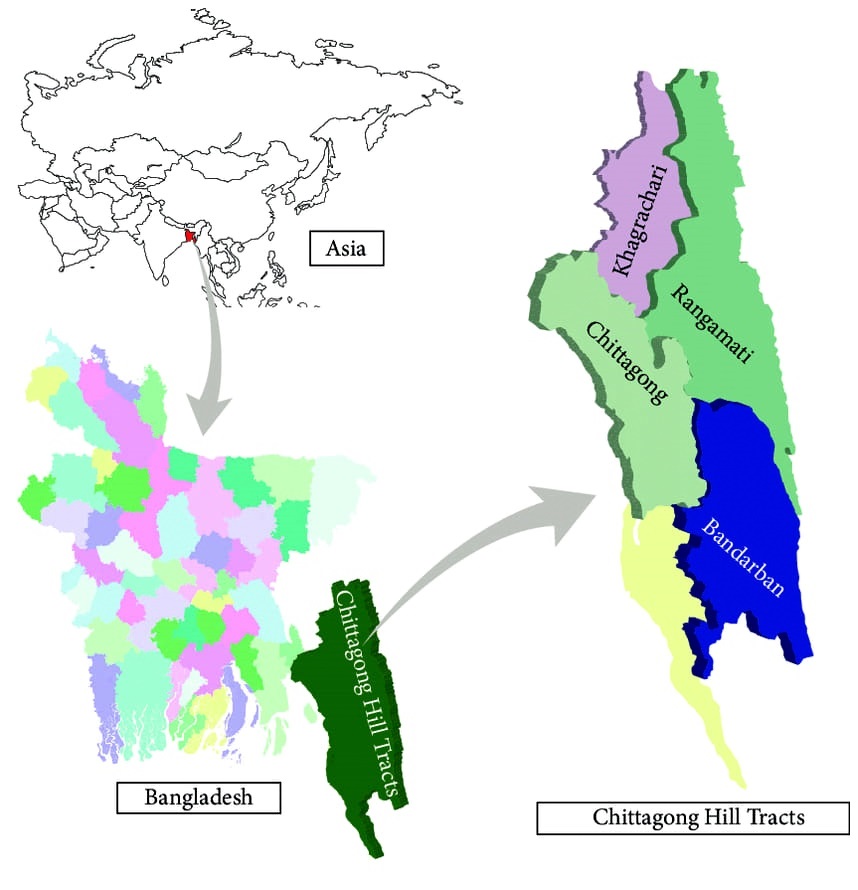
The occupation took place without the consent of the people of Gilgit-Baltistan and, despite the UNCIP’s calls for Pakistan to withdraw its forces from the disputed area, but the occupation remains to this day. For over 60 years now, the area of Gilgit-Baltistan is lacking a proper constitutional status, a working legal system and political autonomy.
Like Gilgit-Baltistan, the CHT was also occupied by the then Pakistan without the consent of the Jumma people. Like Gilgit-Baltistan, for the CHT region, constitutional status, constitutional guarantee and political autonomy have not yet been provided. Although the government of Bangladesh promised to introduce a special governance system in the CHT with the signing of the CHT Accord in 1997, the government did not take any proper initiative to realise the promise. As a result, today the introduction of that special administrative arrangement in CHT became far-fetched.
The critical shortage of a democratic setup in the Gilgit-Baltistan region has led to constant human rights violations, extreme poverty, low literacy rates, slow economic development and growing sectarian turbulence.
Due to the lack of democracy and rule of law in the CHT, human rights violations, low literacy rates, lack of necessary health care and drinking water and sanitation services, and development deprivation are rampant among the Jumma people. No progress has been made even after signing of the CHT Accord in 1997 as it remains largely unimplemented.
Moreover, the China-Pakistan Economic Corridor (CPEC) cuts through the territory of Gilgit-Baltistan, forcing the local population to accept the terms and conditions of the development project without consultation nor compensation. A confluence of many different cultures and languages, especially those related to Tibet, Central Asia and India, Gilgit-Baltistan today faces what some experts call a “cultural genocide”.
Similarly, without the consent of the Jumma people, culturally-harmful, anti-people and environment-destructive development activities, such as, declaration of Jum cultivation land and mouza land of the Jumma people of the CHT as reserve forests, leasing thousands of acres of land to the non-residents, forcible occupation of land in the name of tourism, massive acquisition of land for military purposes, plantation destroying the natural forest and construction of roads, etc. are being implemented and the Jumma people are being forced to take up such development activities. Bengali is also the only constitutionally recognized language in Bangladesh, which has accelerated the aggression against multi-lingual Jumma communities. The conspiracy to turn the non-Muslim inhabited CHT into a Muslim inhabited area by settling down thousands of Muslims in the CHT the main object of which is to implement the ethnic cleansing of the Jumma people.
Pakistan-occupied Gilgit-Baltistan has also suffered from sectarian conflicts fuelled by Pakistan’s policies since 1947. The first major sectarian clash in Gilgit-Baltistan occurred when anti-Shia riots broke out in May 1988 over the sighting of the Ramadan moon. In 2012, sectarian violence resurged, triggered by a quick succession of well-organised killings targeting Shia travellers on the three routes that connect Gilgit-Baltistan with Islamabad, killing more than sixty innocent people.
In the CHT too, in the 1970s and 1990s, the army and Muslim settlers carried out at least 15 massacres on Jumma people, which left at least 20,000 Jumma killed, hundreds of women raped and thousands of houses burnt. Since signing of CHT Accord in 1997, Muslim settlers with the help of security forces have carried out at least 20 communal attacks, setting hundreds of houses on fire, with the main aim of evicting the Jumma people from their ancestral land and homesteads and forcibly occupying their lands.
Besides, the China-Pakistan Economic Corridor (CPEC), intended to connect Western China to the Indian Ocean via Pakistan, cuts through the territory of Gilgit-Baltistan and is directly affecting more than 400,000 indigenous people and at least 200 square kilometers of natural environment and cultural heritage sites. The implementation of the project is being violently enforced against the will of the local population, who view the CPEC as a threat to their culture and natural resources.
In the CHT too, the government is forcibly implementing projects like declaration of reserve forest on 218,000 acres, leasing land to non-residents, forcible occupation in the name of tourism, setting up military camps, road and infrastructure development, land port, border and connecting roads against the will of Jumma people through army. As a result of these developments, the culture and existence of the Jumma people is on the verge of rapid destruction and the ecological and biodiversity balance of the region is rapidly deteriorating. So, such projects are considered as a ‘death trap’ of the Jumma people.
Last but not least, for over six decades now, Gilgit-Baltistan has seen systematic human rights violations occurring on its soil. Its people continue to live in a constitutional limbo, where the Pakistani government does not include the region in its constitution, but doesn’t give its people their right to self-determination or political representation either. The population of Gilgit-Baltistan is also stripped from its freedom of movement, of speech, its right to peaceful protest and freedom of association.
The Jumma people of the CHT have also been subjected to a series of human rights violations during the rule of Bangladesh since the time of Pakistan. Not only the government of Pakistan did not give constitutional status to the CHT, the government of Bangladesh also did not give constitutional recognition to the CHT. Similarly, no seats were reserved for the Jumma people of the CHT in the National Assembly. During the Fifteenth Amendment to the Constitution in 2011, the government rejected the demand for the inclusion of the CHT Regional Council Act of 1998 and the three Hill District Council Acts of 1989 in the First Schedule to the Constitution as ‘effective laws’. At present, the Awami League government led by Sheikh Hasina has chosen to solve the CHT problem through repression of militarization and development engineering instead of resolving it through political and peaceful means by implementing the CHT Accord. As a result, freedom of movement, freedom of speech, right to peaceful protest and freedom of assembly and association have been curtailed and blocked in the CHT like Gilgit-Baltistan.
However, the hilly CHT and mountainous Gilgit-Balstistan, during partition in 1947, were the regions of which one went under forcible occupation of East Pakistan while the other went under forcible occupation of West Pakistan. Not knowing as to why, it seems that the time has arrived to find out similarities between Chittagong Hill Tracts and Gilgit-Baltistan.
